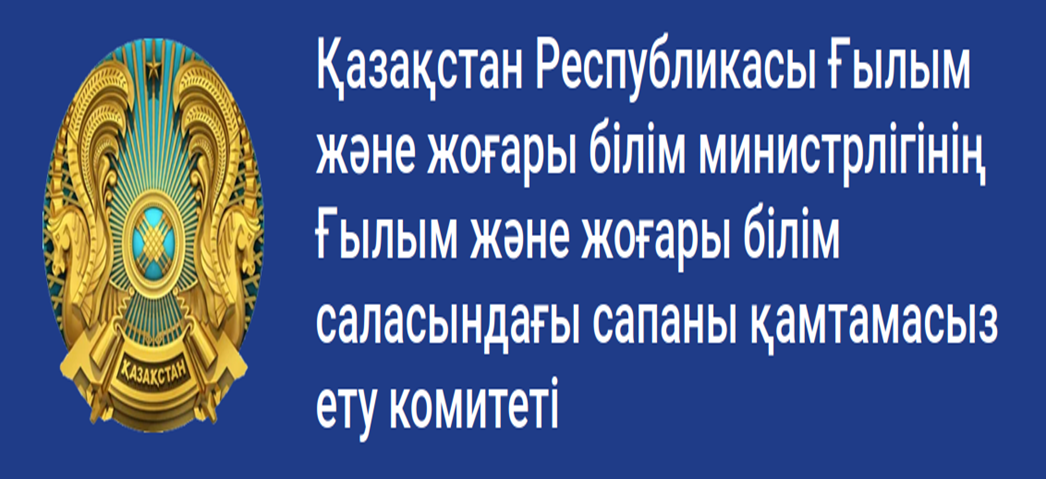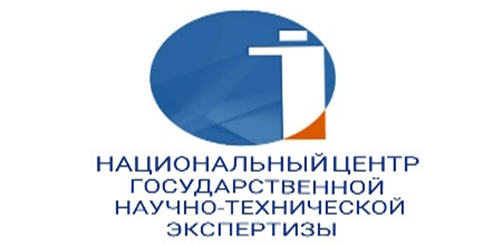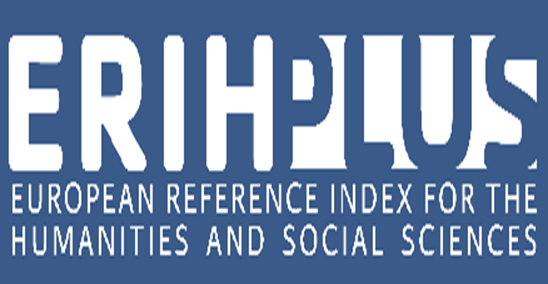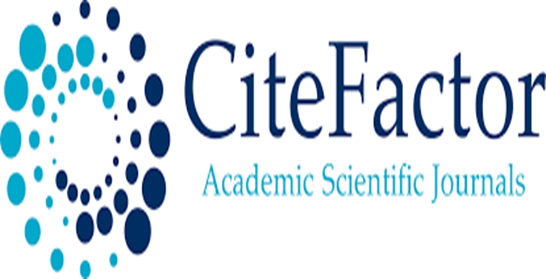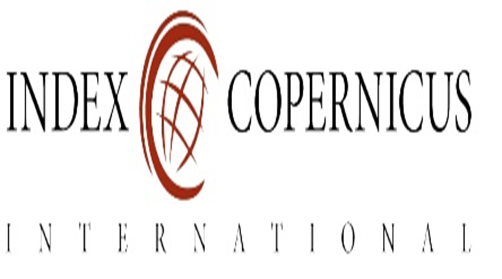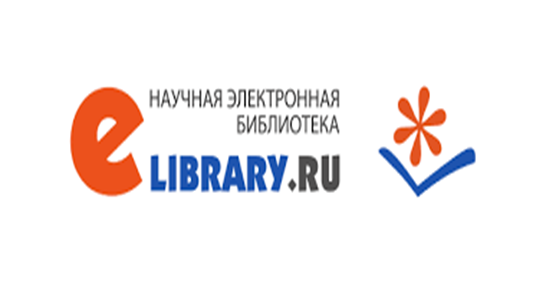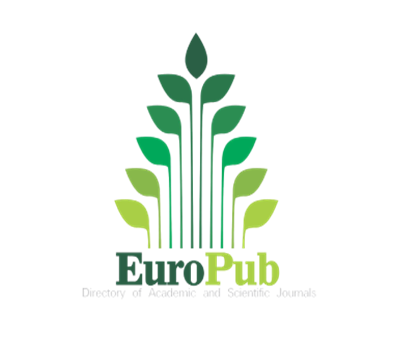Соматизмы во фразеологии европейских и восточных языков
Просмотры: 277 / Загрузок PDF: 307
DOI:
https://doi.org/10.32523/2664-5157-2022-4-99-112Ключевые слова:
фразеологизмы, соматизмы, европейские языки, венгерский язык, тюркские, финно-угорские и китайский языки, переносные значения, сложные парные слова, ареальные исторические контактыАннотация
Изучение фразеологии является важной задачей лингвистики, что
подтверждается результатами исследований известных ученых. Фразеологические единицы отражают важные мотивы национального сознания,
менталитета и этнической культуры. Н.С. Трубецкой в своих работах
отметил важное влияние тюркских и финно-угорских языков на русский язык
и русскую культуру, что мотивировало наше дальнейшее исследование
по фразеологии различных языков.
При исследовании семантики и структуры фразеологизмов восточных
языков нами были обнаружены их смысловые и структурные сходства с
фразеологическими единицами венгерского языка. В настоящей статье
рассмотрены некоторые соматизмы (названия частей тела человека) во
фразеологических единицах европейских и восточных языков, отмечаются
их различия, обусловленные ментально-культурными традициями
народов; раскрываются семантические и структурные сходства фразеологизмов венгерского и тюркских, восточных языков, связанные с исторически ареальными, языковыми и культурными контактами.
Соматизмы в тюркских и венгерском языках, кроме прямого обозначения части тела человека (голова, сердце, глаз, ухо, рука и т.д.), имеют
и переносные значения, выражающие душевный мир человека, его
положительную или отрицательную характеристику. Эти переносные
значения также имеются и во фразеологизмах китайского языка.
Структурно соматизмы во фразеологизмах тюркских, финно-угорских,
венгерского, китайского языков представлены сложными парными
словами, что подтверждает их некоторую типологическую общность.
Парные соматизмы во фразеологии русского языка обусловлены ареальнокультурным влиянием тюркских и уральских языков.
Скачивания
Литература
Баскаков Н.А., 1979. Русские фамилии тюркского происхождения. Москва. С. 5.
Воробьёв В.В., 1997. Лингвокультурология. Теория и методы. Издательство Российcкого университета дружбы народов. Москва. C. 45-53.
Gabelentz G., 1881. Chinesische Grammatik mit Ausschluss des niederen Stils und der heutigen Umgangssprache. Leipzig. C. 11-15.
Горелов В.И., 1984. Лексикология китайского языка. Москва. C. 21-25.
Мокиенко В.М., 2007. Загадки русской фразеологии. Санкт-Петербург: Авалон. C. 6-9.
Moravcsik Edith A., 2009. Partonomic structures in syntax. New Directions in Cognitive Linguistics. Amsterdam-Philadelphia. С. 45-49.
Пачаи И., 1995. Ареальные аспекты парных слов в русском языке. Ньиредьхаза. C. 35-38.
Пермяков Г.Л., 2001. Пословицы и поговорки народов Востока. Москва. C. 38-43.
Семенас А.Л., 1976. Парадигматический анализ компонентов копулятивного сложения в китайском языке. Москва: Восточное языкознание. C. 107-112.
Телия В.Н., 1996. Русская фразеология. Москва: Языки русской культуры. С. 31-35.
Ткаченко О.Б., 1981. Проблемы сопоставительно-исторического изучения славянских языков. Москва: Вопросы языкознания. С. 48-59.
Токарев С.А., 1957. Религиозные верования восточнославянских народов XIX-начала XX в. Москва: Издательство Академии наук СССР. С. 41-44.
Трубецкой Н.С., 1991. Верхи и низы русской культуры. Москва: Вестник Московского университета. Сер. 9. № 1. С. 87 98.
Успенский Б.А., 1982. Филологические разыскания в области славянских древностей. Москва. Издательство Московского университета. С. 36-39.






